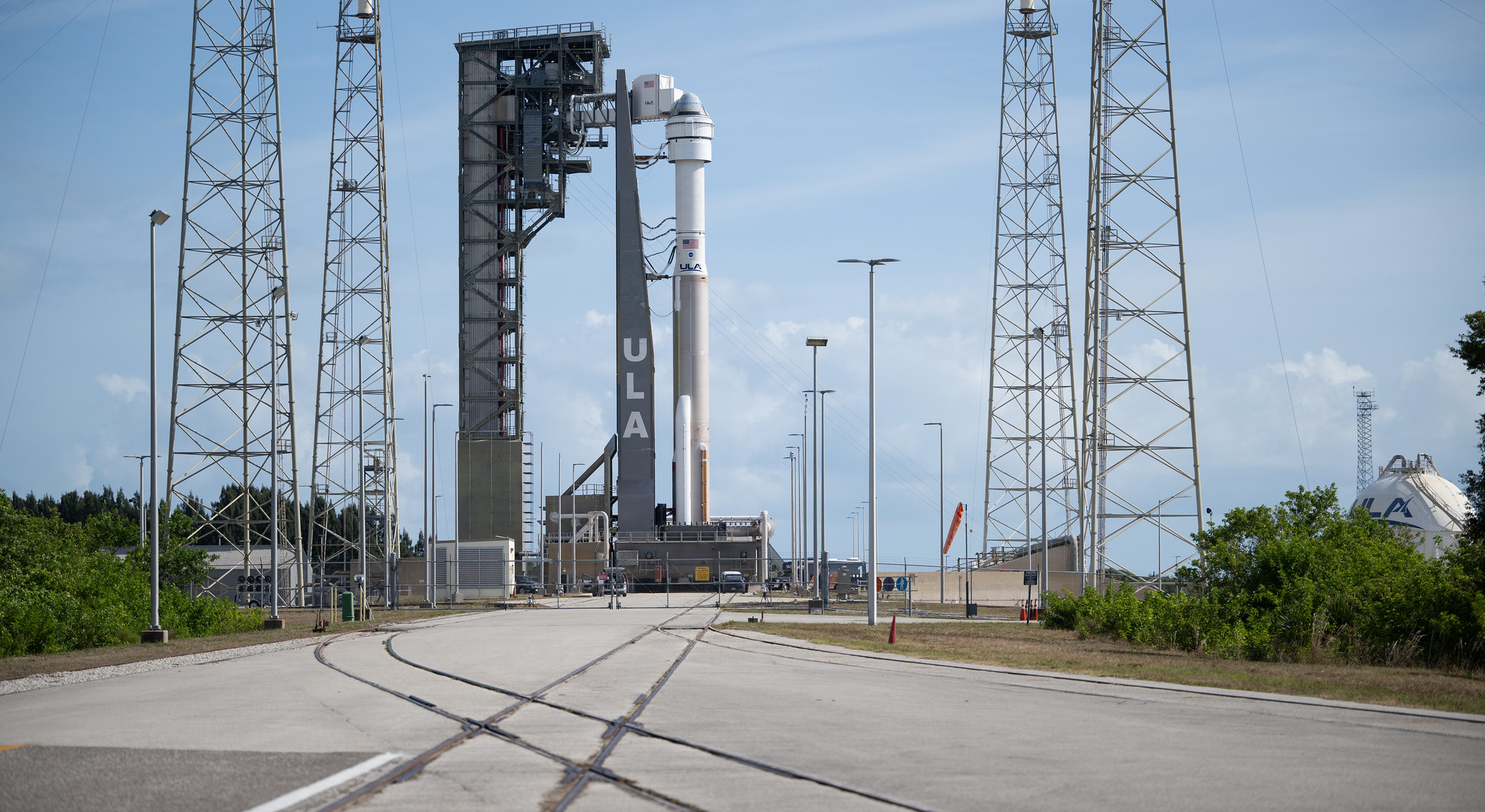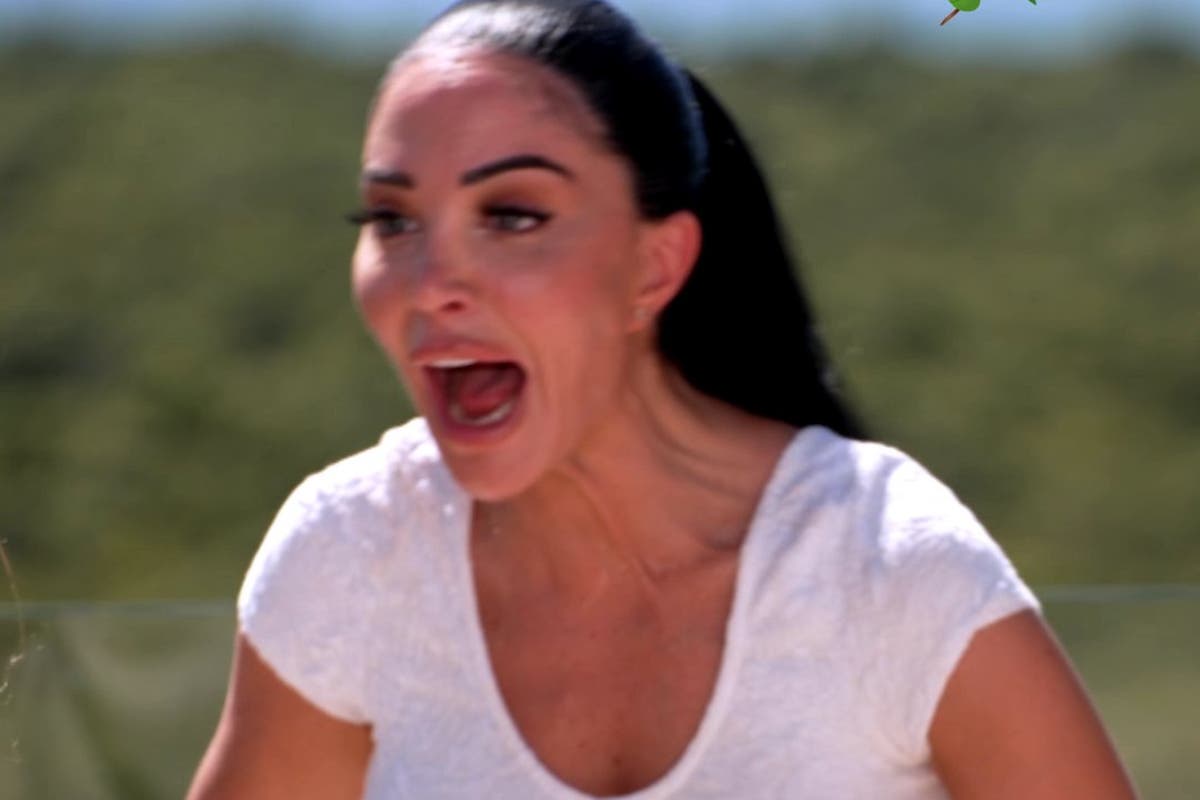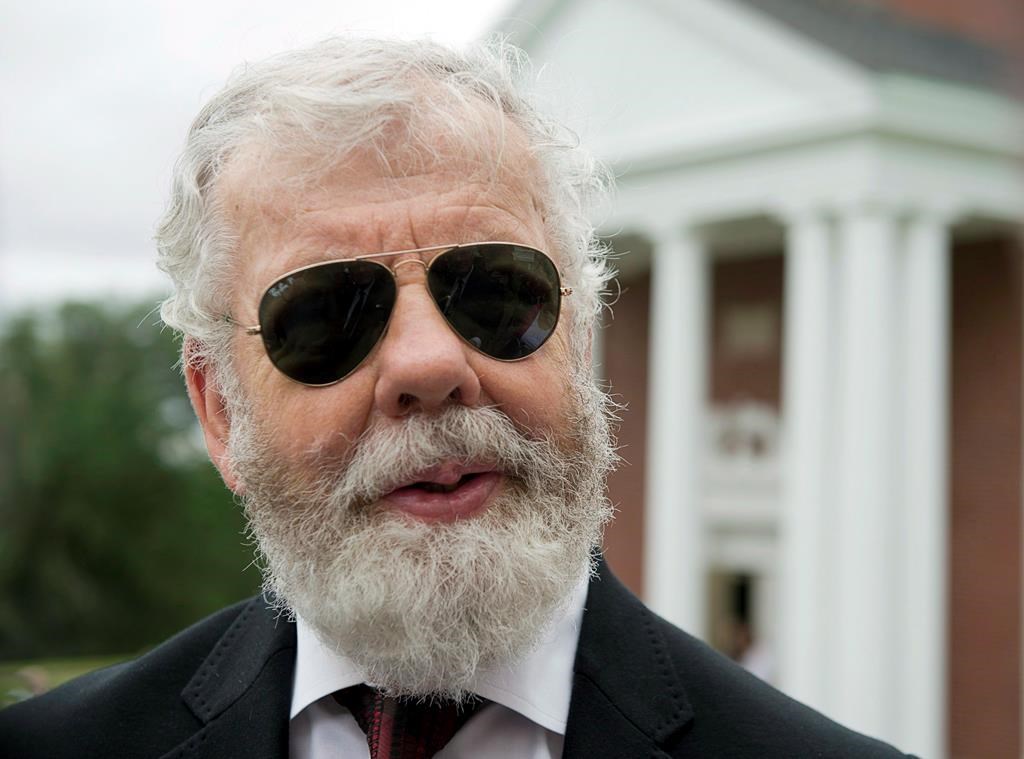Updated 5:30 a.m. Eastern with new launch date.
KENNEDY SPACE CENTER, Fla. — Controllers scrubbed the first attempt to launch Boeing’s CST-100 Starliner on a crewed test flight May 6 because of a valve problem with the rocket, delaying the launch by at least four days.
The launch director for the Atlas 5 rocket called for the scrub a little more than two hours before the scheduled 10:34 p.m. Eastern launch of the Crew Flight Test mission from Cape Canaveral Space Force Station in Florida.
The issue was with an oxygen relief valve on the rocket’s Centaur upper stage. “The team is just not comfortable with the signatures that they’re seeing, the response out of that valve, so out of an abundance of caution, we are not going to continue with our launch operations today,” said Dillon Rice, ULA launch commentator, on NASA TV.
At a press conference a couple hours after the scrub, ULA CEO Tory Bruno said the valve was buzzing at a frequency of about 40 hertz, loud enough for teams at the launch pad to hear it. Forcing the valve to close stopped the buzzing, but that process required scrubbing the launch to comply with flight rules to prohibit changes to the state of the Centaur while the crew was on board.
There are backup launch opportunities for the mission currently scheduled for May 7, 10 and 11, but the next launch attempt will depend on whether the valve needs to be replaced.
Bruno said that if the vibrations were full motions of the valve, the valve would be approaching its rated life of 200,000 cycles and would need to be replaced. That would require rolling the rocket back to its assembly building to replace the valve, a process that likely would push the launch to next week.
Engineers, though, are analyzing data to see if the valve’s buzzing was less than full motion, which would mean it is not yet approaching its rated life. That could have allowed a launch attempt as soon as May 7.
“We could be ready tomorrow if we find out we have plenty of life” in the valve, he said. A decision on a May 7 launch attempt would have to be made no later than about eight hours before the scheduled 10:11 p.m. Eastern liftoff time.
“It is likely we would have that recommendation before then,” he said. “If we don’t know that we’re confident with the valve by then, then we’re not going.”
NASA, in a statement early May 7, said that the agency was now projecting a launch no earlier than May 10, ruling out a May 7 launch, to give teams more time to analyze data about the valve.
There is flexibility in schedules for ISS operations should there be an extended launch delay. “We’re not in a rush to fly from a station standpoint. We did clear our summer schedule intentionally to give us plenty of runway for this CFT mission,” said Dana Weigel, NASA ISS program manager.
The scrub was announced shortly after NASA astronauts Butch Wilmore and Suni Williams had boarded Starliner. They had reported no issues with the spacecraft leading up to the launch scrub. Officials said at the briefing that preparations were running well ahead of schedule when the scrub was called.
CFT is the final test of the Starliner spacecraft before NASA certifies the spacecraft for International Space Station crew rotation missions. The flight will be ther first to carry astronauts after two uncrewed flights in December 2019 and May 2022.
The spacecraft is scheduled to dock with the station a little more than a day after launch. It will remain at the station for about a week before undocking and landing at White Sands, New Mexico.
Before the flight, Wilmore and Williams said they were prepared to take a launch scrub in stride. When they arrived at the Kennedy Space Center April 25 for final preparations, Williams said she had gotten advice from Bob Behnken, who flew on the first Crew Dragon spacecraft to carry astronauts, Demo-2 in 2020, with Doug Hurley. That mission suffered a weather-related scrub before launching successfully.
“May 6 isn’t magical,” Williams said of the scheduled CFT launch. “He said, ‘If you get a scrub it is actually a little bit nice because it sort of takes the pressure off a little bit.’”





